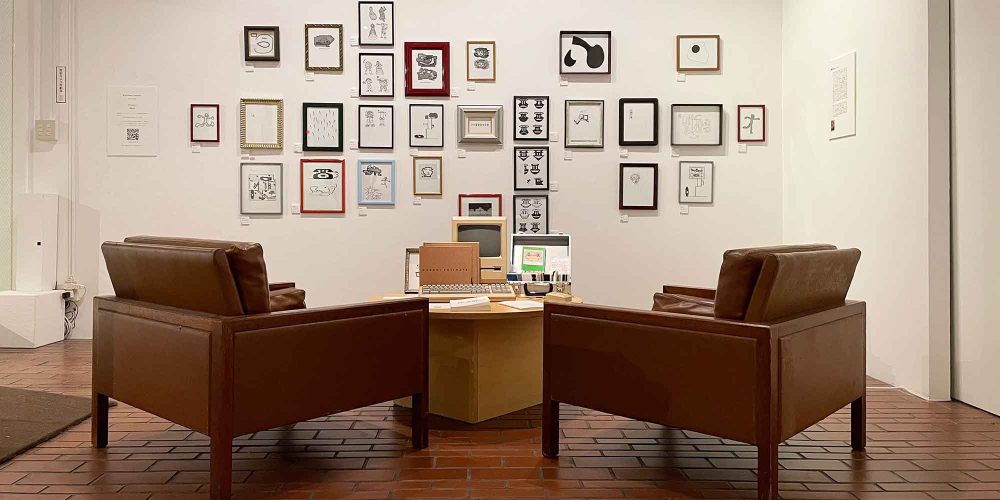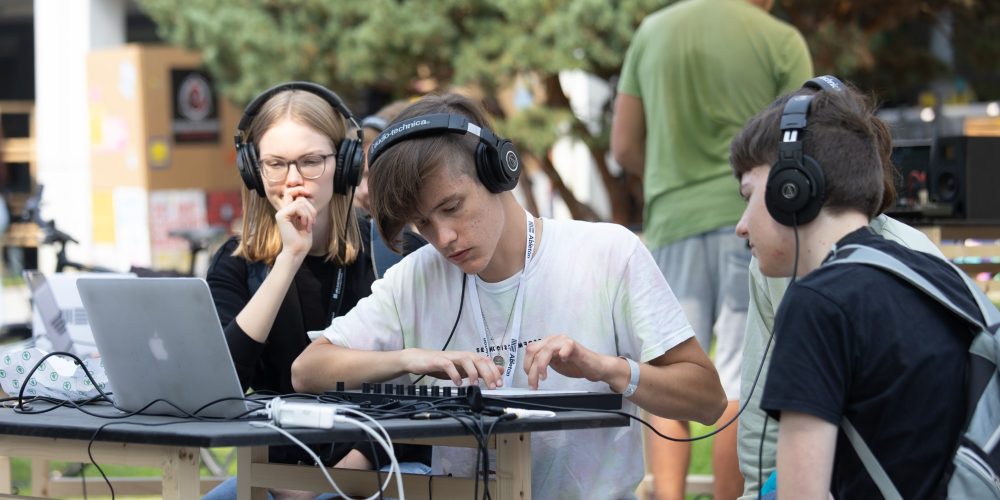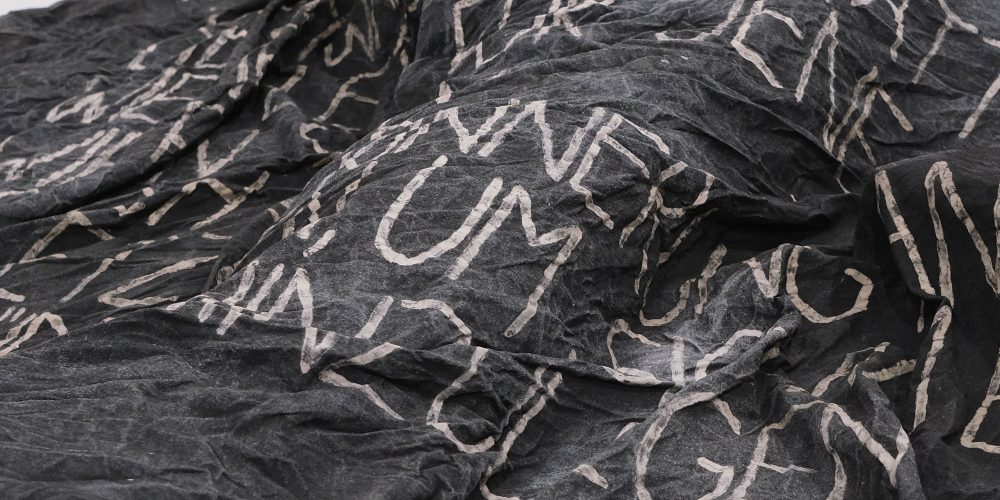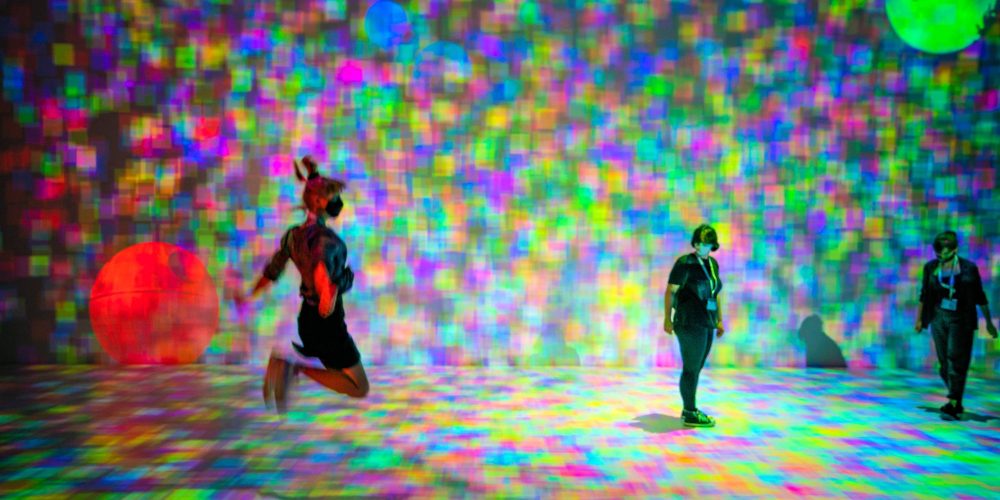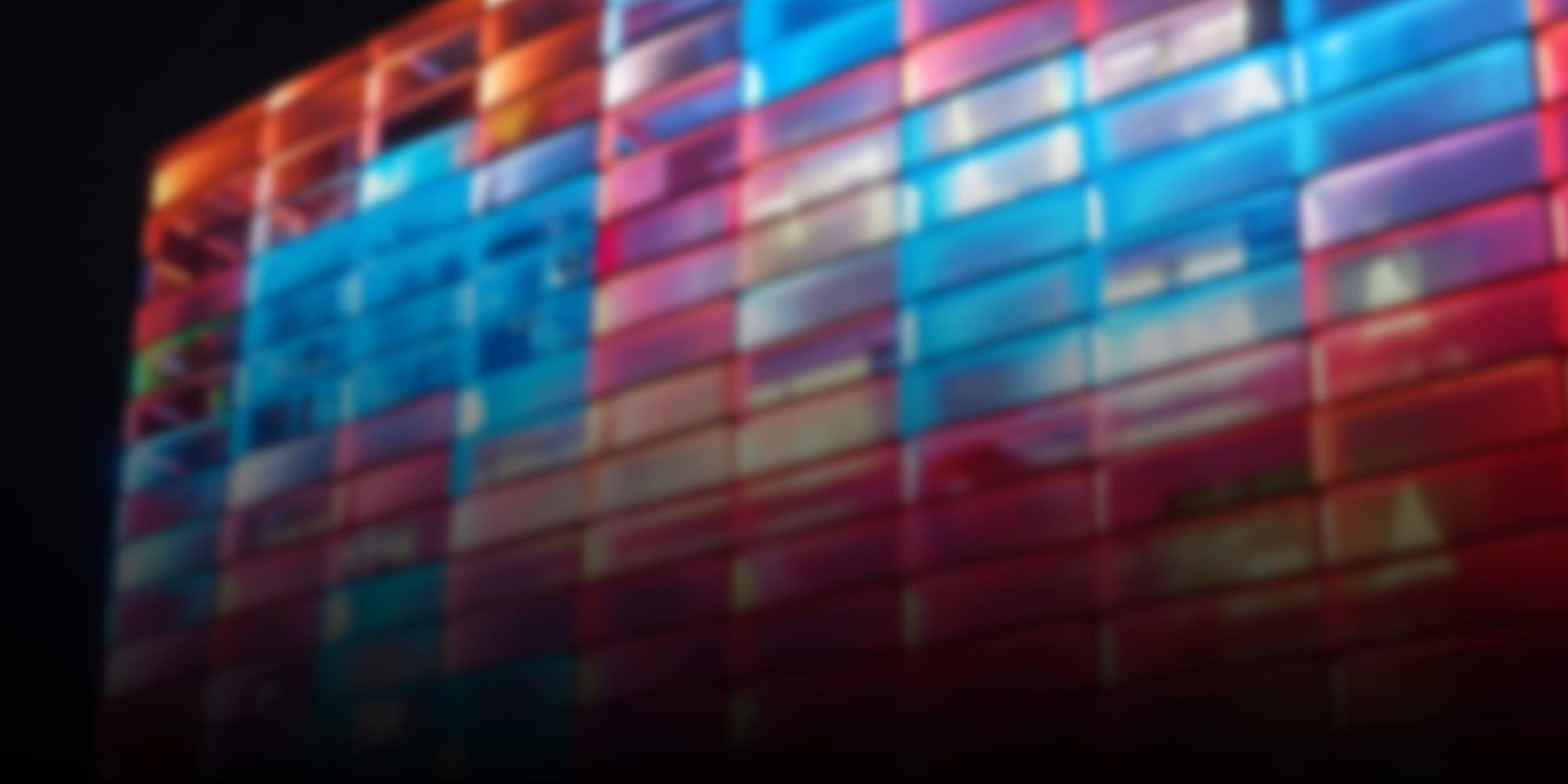
Story
-
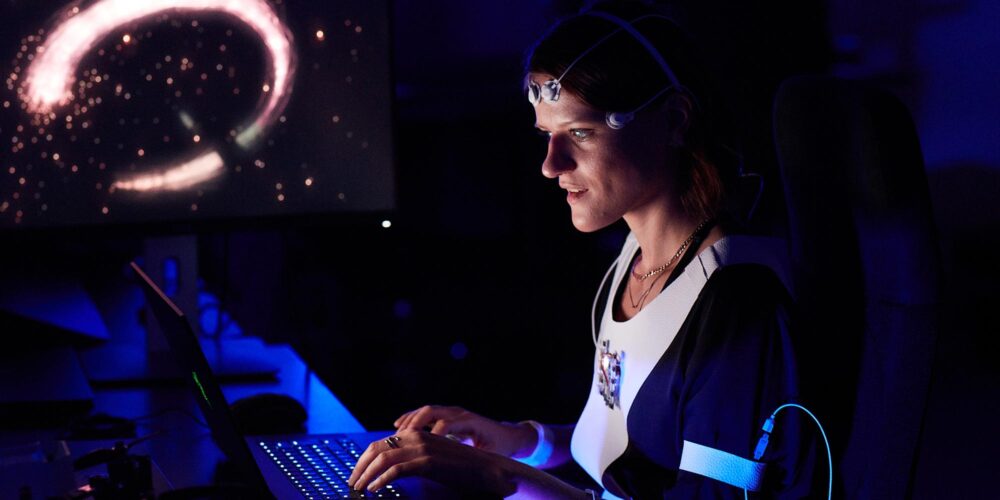
That’s why we are so fascinated by technology
We experiment, develop and tell stories with technology. The first part of Ars Electronica’s 2022 Year in Review shows how.
-
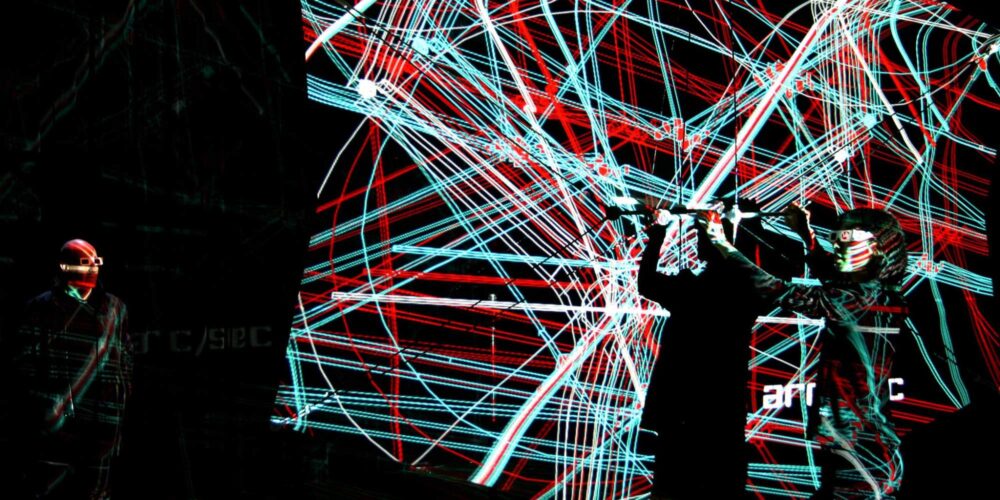
What is the European Platform for Digital Humanism?
Ars Electronica as a platform for art, technology and society and collaborative projects sponsored by the European Union belong inseparably together. Why is that so? We’ll tell you here:
-
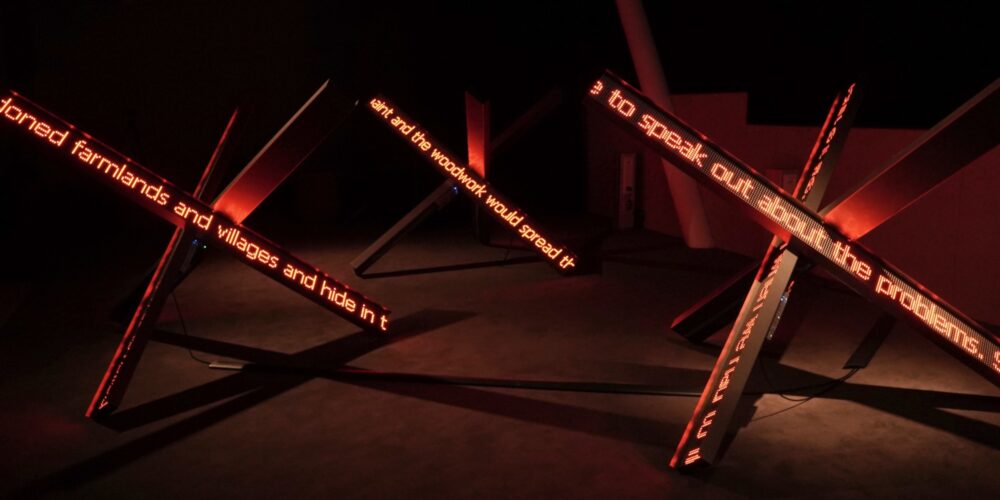
This was the second ArtScience Residency
Migration and displacement pose some of the biggest humanitarian challenges of our time. The winner of this year’s ArtScience Residency enabled by Art Collection Deutsche Telekom, Irakli Sabekia, addressed the issues of spatial justice in his project the “Archive of Spatial Knowledge”.
-
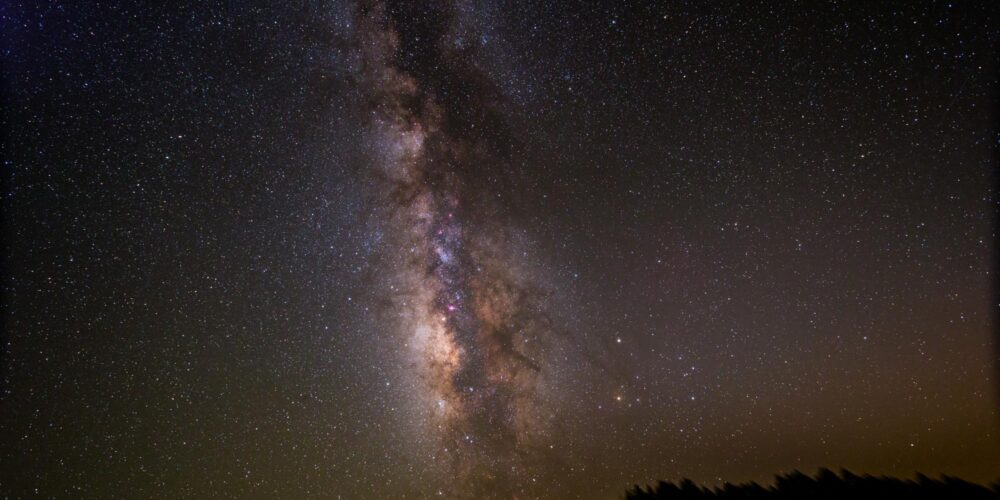
A glimpse into the past
The new exhibition about the Kepler Observatory at the Ars Electronica Center shows that amateur astronomers can still contribute to scientific achievements today.
-
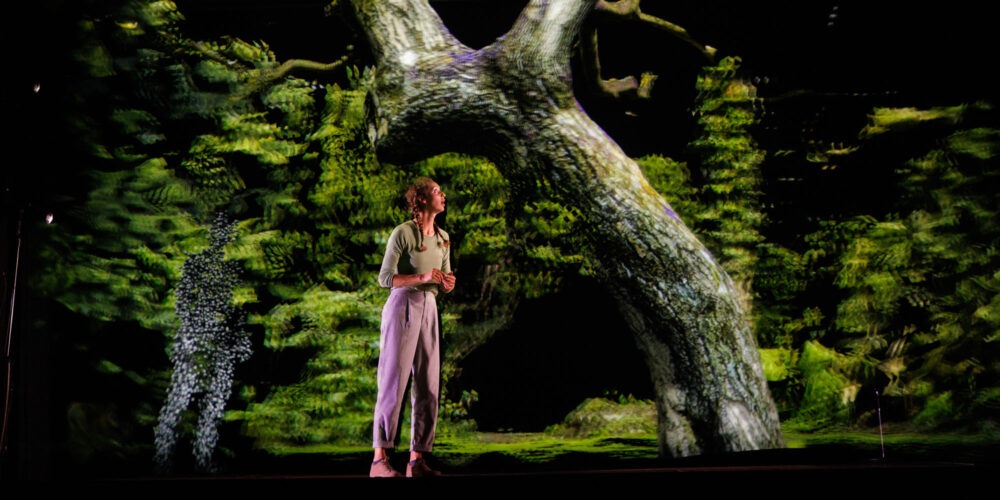
The Ars Electronica Festival 2022 in pictures
This is by far only a small excerpt of the many impressions with which the 2022 Ars Electronica Festival in Linz thrilled us in five days.
-

Forgotten feelings and false memories
In the residency program “STEAM Imaging IV”, Turkish artist Zeynep Abes is tracing the secrets of memory.
-
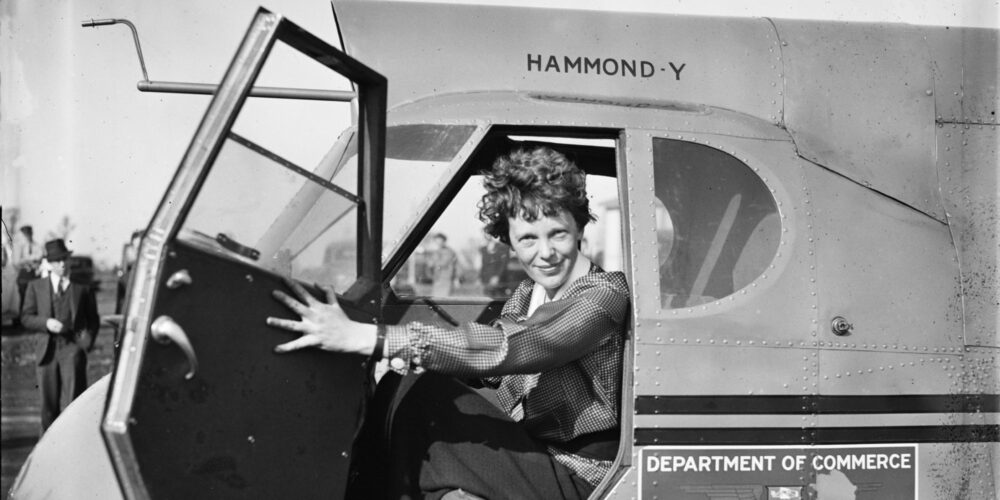
The queen of the skies
With “Songs for Amelia Earhart,” Laurie Anderson and Dennis Russell Davies, together with the Brno Filharmonic Orchestra and cellist Rubin Kodheli, pay tribute to the pioneer of the skies and tell of her last flight around the world.
-
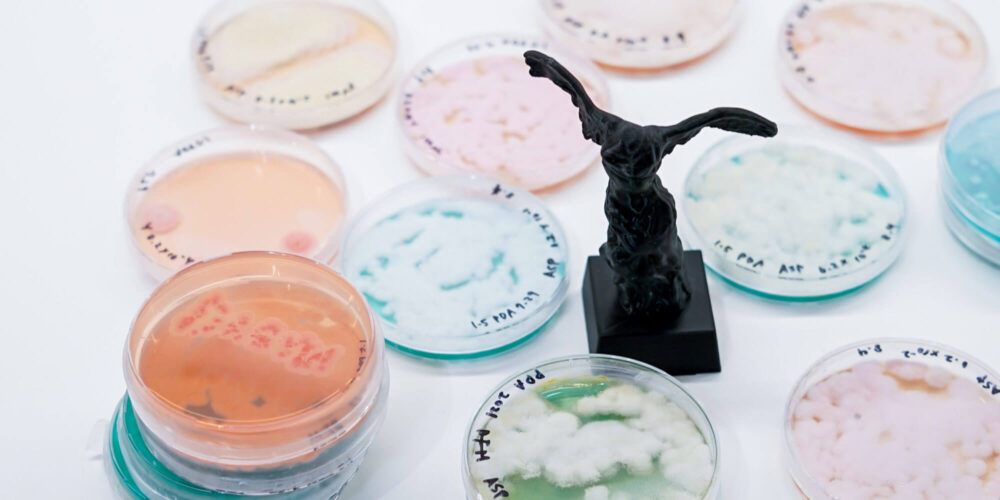
Expedition into the realm of ideas
From climate change to microbiology and artificial intelligence: the most experimental ideas from the Ars Electronica Futurelab will once again be presented at this year’s festival.
-
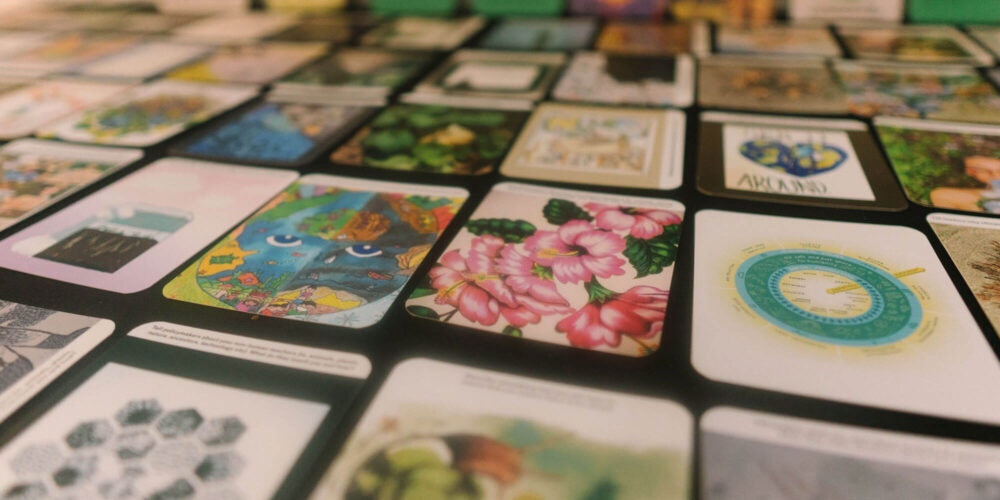
A Network of Collaboration: The Ars Electronica Gardens
This year, Ars Electronica Garden Partners will not only be on display online, but will be invited to actively contribute their perspectives and projects to the Festival’s core program, which will take place in Linz.
-
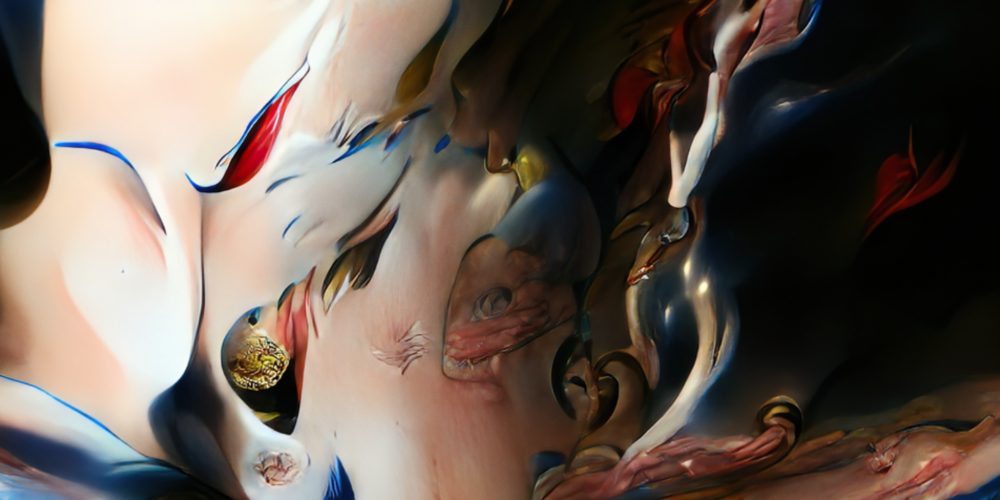
The Ars Electronica Animation Festival 2022
The Ars Electronica Animation Festival 2022 once again features a wide selection of works ranging from animated shorts to interactive animated audio-visual environments.
-
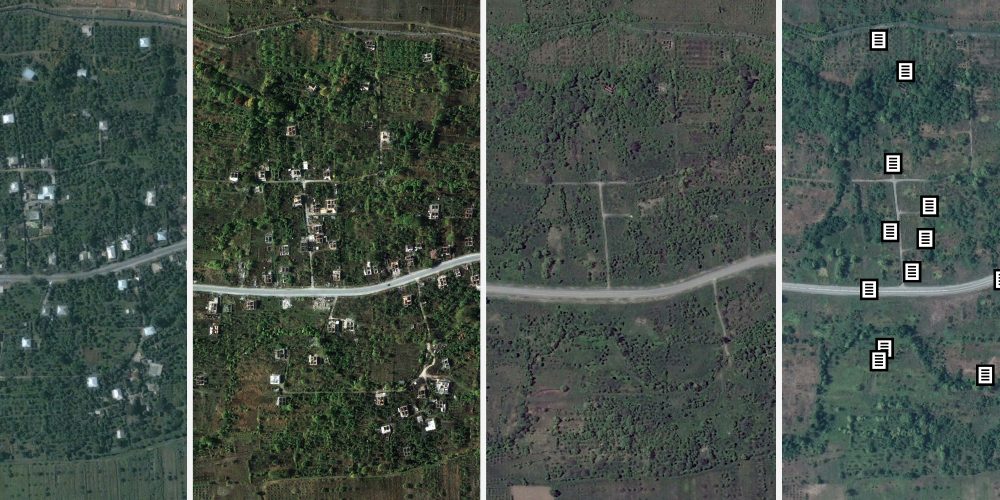
Tools to Confront Unbalanced Realities
What rights do you have in the location of your residence? In his work, artist Irakli Sabekia deals with the spatial and social memory of people who have been forcefully displaced.
-
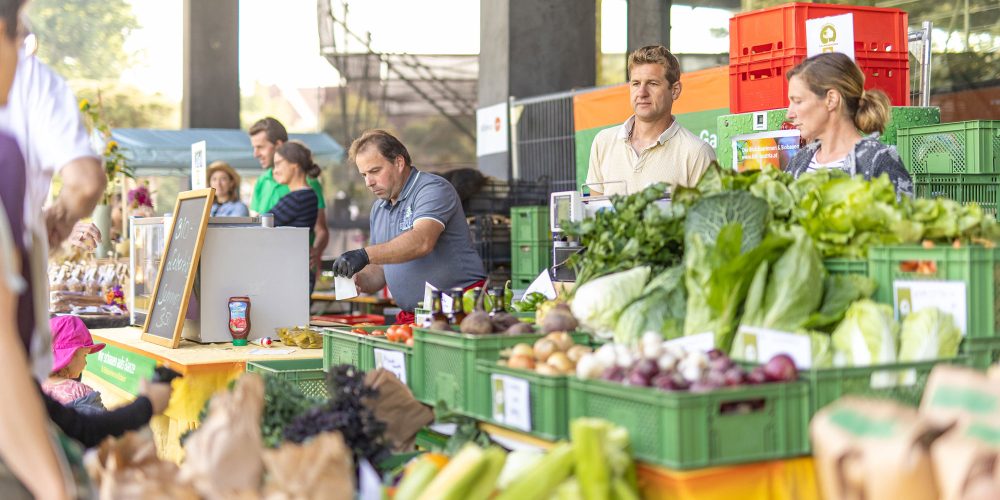
The cycles of Ars Electronica
How sustainably will you be able to eat at this year’s Ars Electronica Festival, and what happens to all the waste that’s created in the process? Martin Honzik CCO and Head of Festival/Prix/Exhibitions gives us an insight.
-
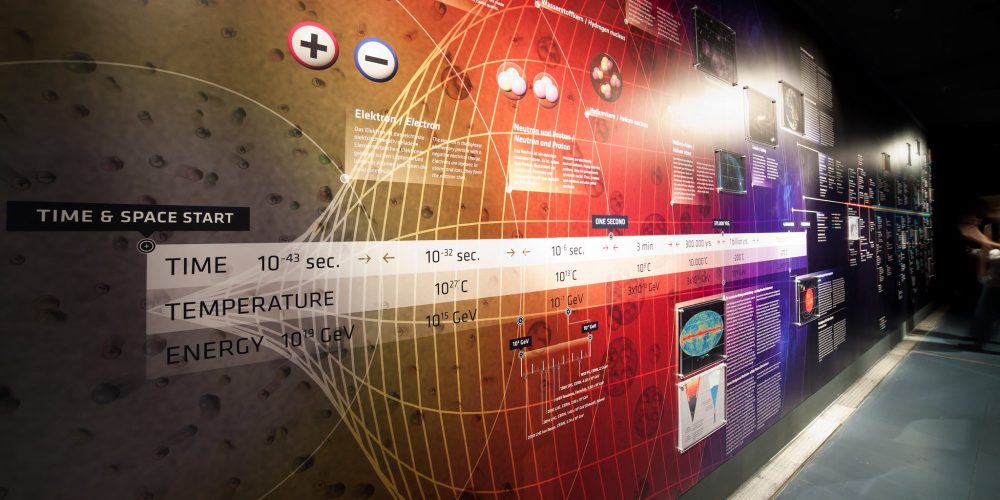
Throwback: ORIGIN – Investigating the Big Bang
The exhibition took a closer look at the European particle physics laboratory CERN, covering its history, daily activities and the ambitious goals of the global research project.
-
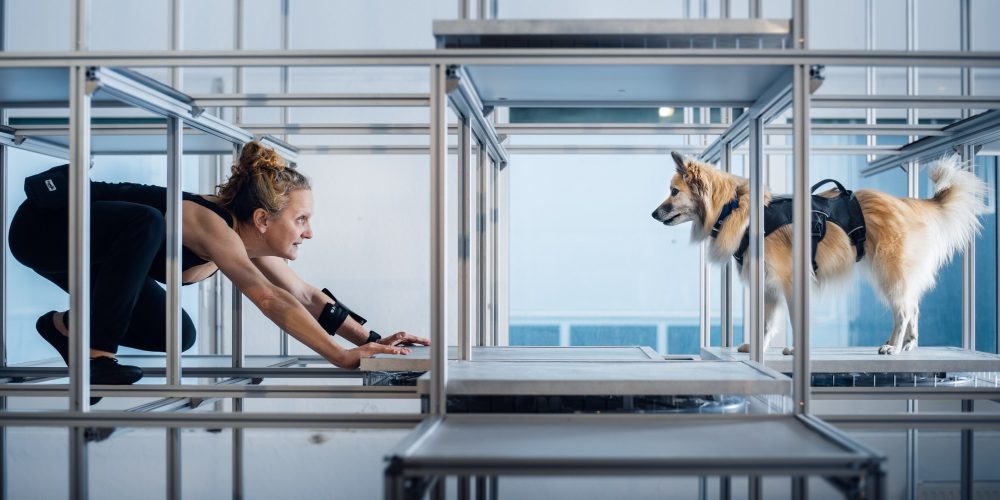
STUDIO(dys)TOPIA – At the Peak of Humankind
“STUDIO(dys)TOPIA” explores how humankind can transform sustainable practices into action and serves as a metaphor for our present, in which the concepts of dystopias and utopias find themselves in a changed reality.
-
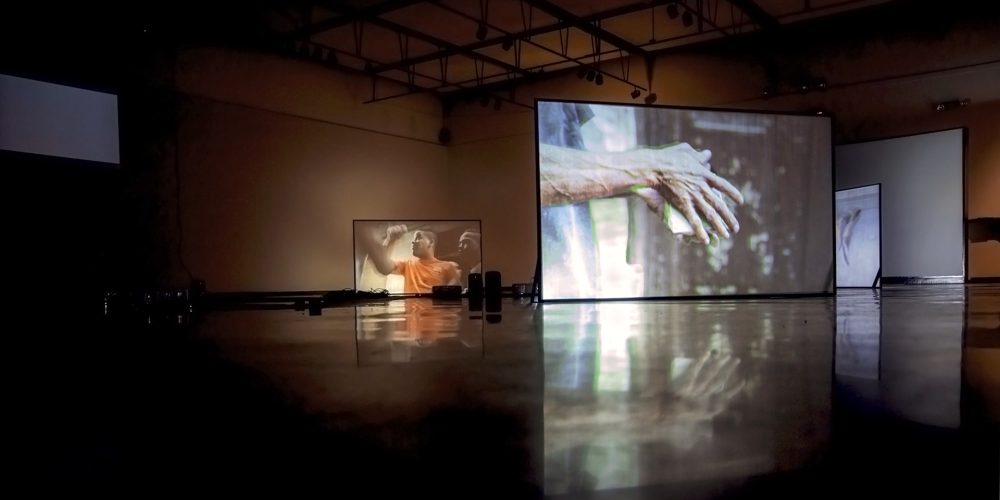
Latin American Media Art: Talent in Abundance
Latin American art meets media art: A new collaboration between CIFO and Ars Electronica aims to support the Latin American art scene and to bring a number of outstanding artists and projects closer to the international audience.
-
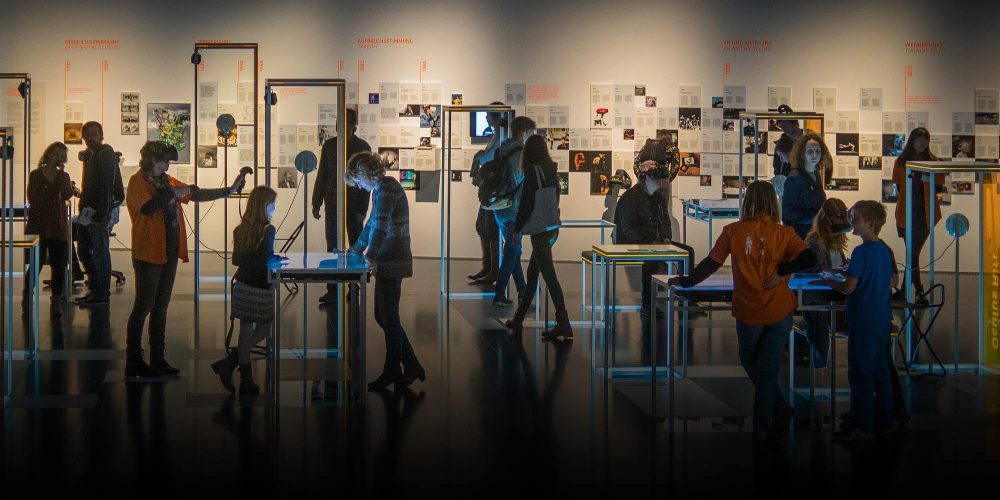
Throwback: The VRLab
At the Ars Electronica Center’s VRLab, it was possible to immerse yourself in virtual worlds and superimpose data on our reality.
-
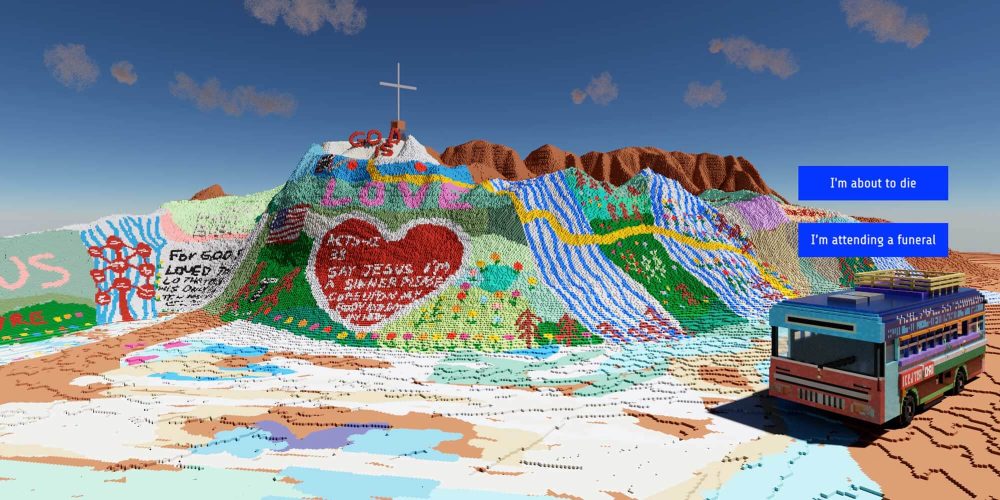
Who wants to live forever? AI and our digital (after)lives
[:de]Throughout time and across cultures, humans have been conditioned to view death as an endpoint in the experience of life. In an increasingly globalized and digitalized world, have our traditions and behaviours towards death changed? What happens when data outlives the person?
-
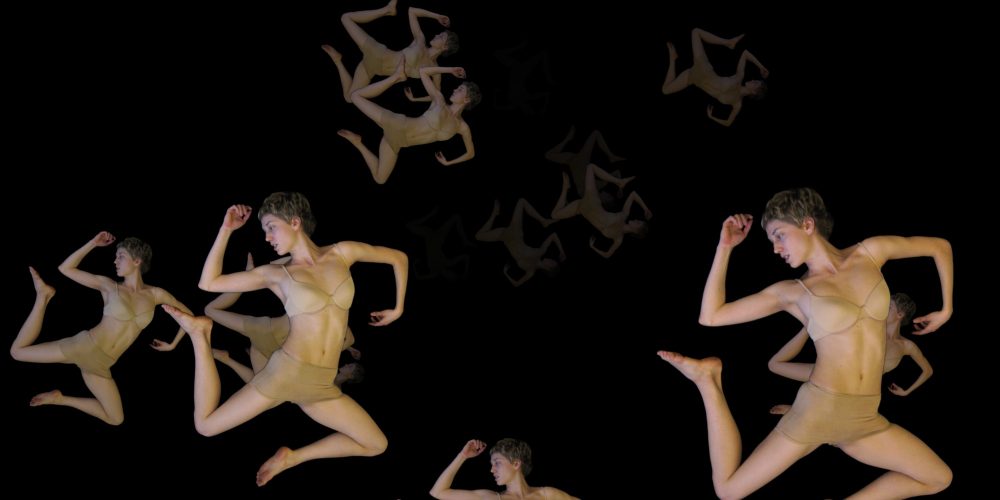
Throwback: Le Sacre du Printemps
In 2006, the Ars Electronica Futurelab collaborated with media artist Klaus Obermaier on a unique production of Igor Stravinsky’s Le Sacre du Printemps.
-

The slightly different café
This year, the Golden Nica in the Digital Communities category goes to Ory Yoshifuji, Co-founder CEO, Ory Laboratory Inc. for his project Avatar Robot Cafe DAWN ver.β.
-
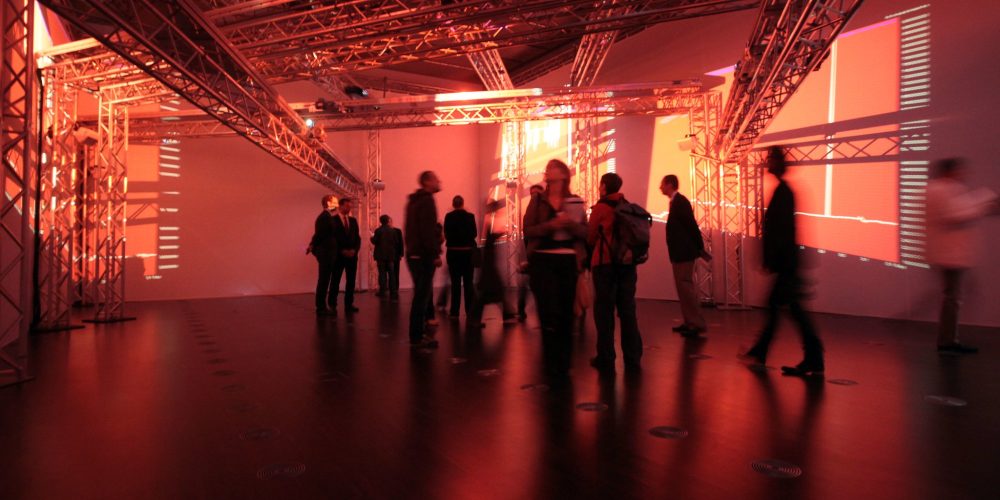
Throwback: Ready to pull the lifeline?
From September 2 to 11, 2010, the Ars Electronica Festival “REPAIR – Ready to pull the lifeline” took place on the grounds of the former tobacco factory in Linz
-
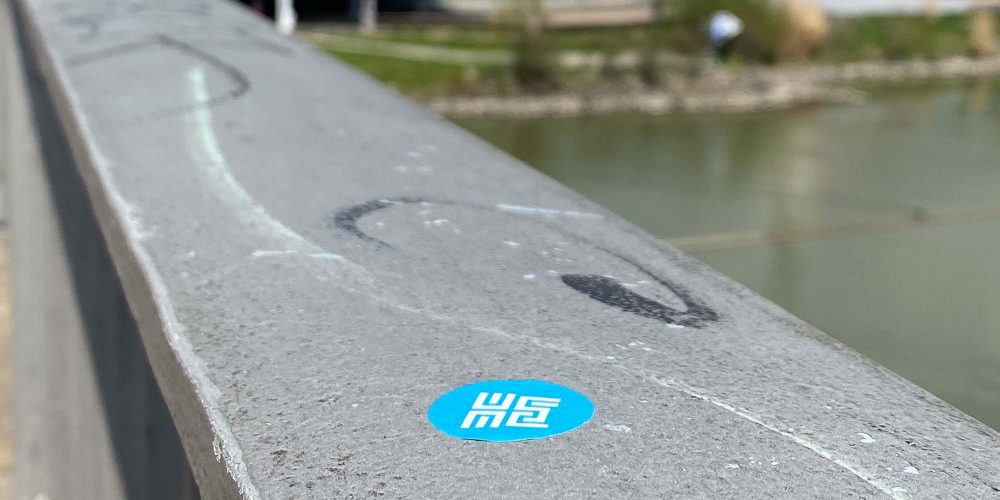
Center Story: April 2022
With our new “Center Stories” format, we’re telling you what’s going on behind the scenes at the Ars Electronica Center. In the first story, we want to introduce you to our plant offspring and recall a past exhibition.
-
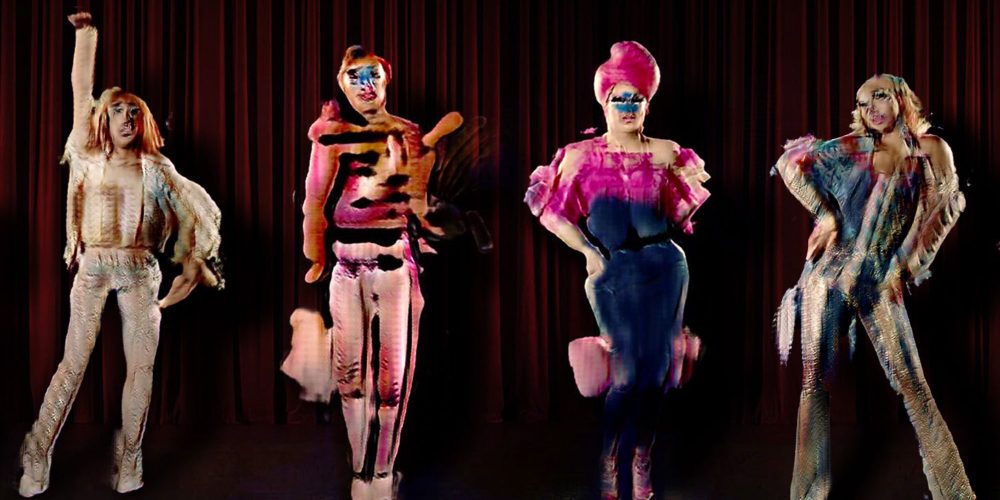
I see you: (in)visibility and equality in a new digital world
As Ars Electronica is a platform for those who see the future as the responsibility of our time and face it with social activation and empowerment, the last festival hosted projects which focused on making different realities and identities visible.
-
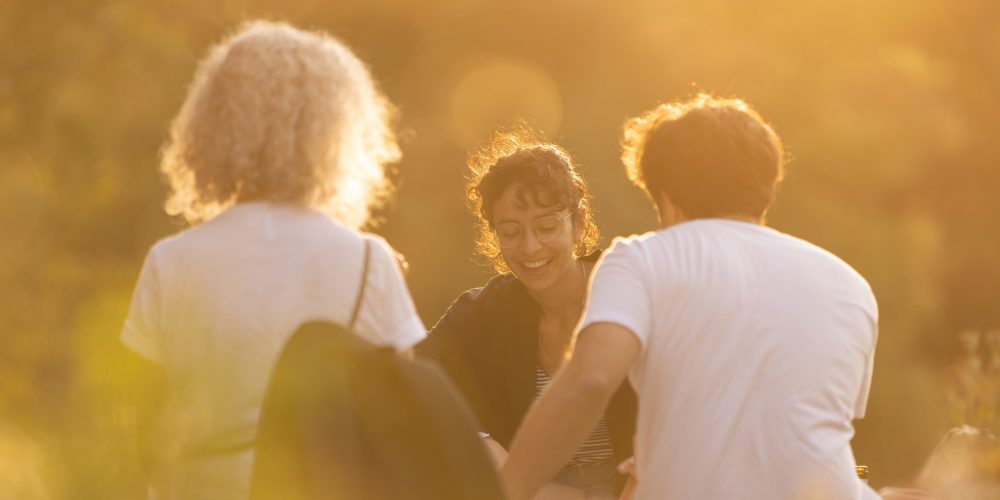
It’s about trying out things
In this interview, Gerfried Stocker explains why it takes more than virtual meetings to get people talking and how the Ars Electronica Festival is trying to become sustainable and resource-conserving.
-
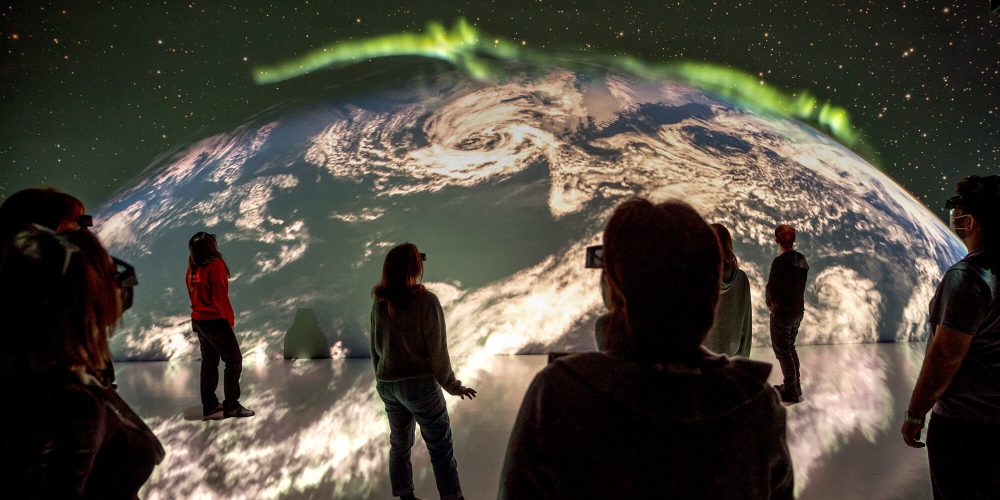
Where Stories Come to Life: Storytelling in Deep Space 8K
Once in a lifetime, travel through space and see the earth from above. Seeing the human body from the inside for once and being present during a heart operation. Or once having the opportunity to look at Klimt’s “The Kiss” as close as if you were part of the painting.
